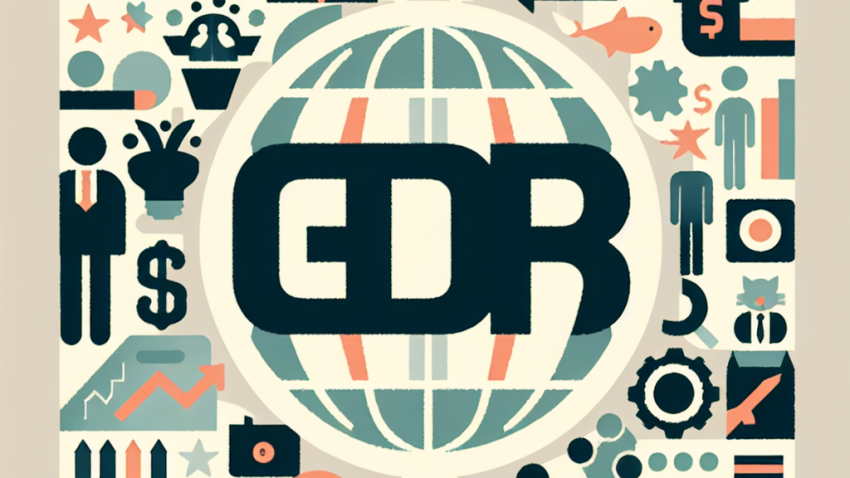
Evaluating GDP as a Metric in an Age of Degrowth Debates
The Currency Conundrum: What the Dollar’s Dominance Means in a Fragmenting Global Economy
Imagine the global economy as an old but remarkably resilient steam engine — one that’s been fueled predominantly by the U.S. dollar since the end of World War II. But today, whispers grow louder across polished boardrooms and dusty capitals alike: Is this antiquated locomotive still suited for our 21st-century landscape? As de-dollarization chatter gains traction, we must ask ourselves — what does the supremacy of the greenback truly mean in a more fragmented world?
Hello there. I’m Dr. Alistair P. Whitmore, Professor Emeritus of International Economics at the University of Strathford and your ever-curious guide through the maze of global markets and macroeconomic forces. Today, we peer into the mighty machine room of the international monetary system — and perhaps, challenge the engine’s design altogether. Let us begin.
The Rise of the Almighty Dollar
To understand where we’re headed, one must first understand where we’ve come from. The U.S. dollar’s reign began not simply because the United States willed it, but because the post-war world needed economic stability — and a bulwark against the chaos of war-ravaged currencies. Enter the Bretton Woods Agreement of 1944, which institutionalized the dollar’s central role, pegging it to gold and all other currencies to the dollar. Efficient, elegant, and in hindsight, laced with unintended consequences.
Even after the gold standard was abandoned in 1971, the dollar retained its throne. Why? Trust. Liquidity. America’s deep and relatively transparent capital markets. And not to be overlooked – the military and geopolitical might backing it all.
Today: A Dollar-Dominated World
In our current landscape, nearly 60% of global foreign exchange reserves are still held in U.S. dollars. The vast majority of commodities — from oil to copper to wheat — continue to be priced and traded in dollars. And whether you’re a central banker in Zurich or a rice trader in Bangkok, chances are your transactions pass through dollar-denominated accounts in some shape or form.
But as globalization’s sheen wears thin and alliances grow more… nuanced, cracks in the dollar’s dominance have begun to show.
The Move Towards Multipolarity
De-dollarization — the gradual reduction in reliance on the U.S. dollar by nations and institutions — is no longer academic fodder or a fringe activist’s crusade. It’s a tangible, strategic shift happening before our very eyes.
The Usual Suspects
- China: Long advocating for a “more balanced” monetary system, China’s Belt and Road Initiative has included bilateral trade agreements in yuan, not dollars. The unveiling of the Cross-Border Interbank Payment System (CIPS) provides alternatives to the SWIFT-dominated, dollar-centric infrastructure.
- Russia: Following sanctions and asset freezes, Russia pivoted assertively toward non-dollar trade settlements with partners like India and China — particularly in oil and gas.
- The Gulf: While still deeply invested in the petrodollar system, recent flirtations with yuan-denominated oil sales signal a coming evolution.
But do not mistake these shifts for a full-scale currency revolution. The dollar is not dead. It isn’t even short of breath. Yet, the direction is clear: the world is beginning to flirt quite openly with a multipolar financial structure.
Implications of a Fragmenting System
As charming as a polycentric currency system might sound — with dollars, euros, yuan, and maybe even the occasional digital rupee trading mojitos on the macroeconomic beach — fragmentation presents very real complications.
1. Friction in Payments
One near-miraculous feature of the current system? Seamlessness — or close enough. Fragmenting standards and systems (think SWIFT vs. CIPS vs. CBDCs) increase frictions. Imagine requiring five different plug adapters just to power your laptop across international borders.
2. Variable Risk Pricing
A world without a clear reserve currency forces each market participant to recalibrate risk. If a contract is settled in Brazilian reals or Indian rupees, currency volatility and political risk add layers of uncertainty. Hedging becomes more complex — and expensive.
3. Tectonic Shifts in Capital Flows
With fewer nations stockpiling dollar reserves, demand for U.S. Treasuries might weaken. This could drive up long-term interest rates in the U.S., rattling everything from mortgage rates to tech stock valuations. In short: one nation’s fragmentation can be another’s financial migraine.
Crisis and Confidence: The Real Currency
Truth be told, currency — reserve or otherwise — is about one thing above all: confidence. The dollar holds its position not simply due to tradition, but because investors and governments believe in the rule of law, market liquidity, and institutional resilience of the United States. If that confidence wanes — through political dysfunction, fiscal irresponsibility, or social unrest — the dollar won’t fall because rivals are strong. It will fall because it simply stopped being trusted.
And here lies the paradox. If countries like China wish their currency to be viewed as a reserve alternative, they will need to open capital markets, allow legal transparency, and give up tight currency controls — the very features an authoritarian regime often shuns. The issue isn’t technical capacity. It’s values.
Where We Go From Here
1. Expect Slow Drift, Not a Tsunami
While sensational headlines proclaim “the end of dollar dominance,” the reality will be far more gradual. Diversification will occur incrementally, and the U.S. dollar will likely remain the cornerstone of the global financial system for decades — albeit sharing that space more often.
2. Monitor Digital Alternatives
Central Bank Digital Currencies (CBDCs) are coming — fast. They may lower transaction costs and increase transparency. But unless backed by trustworthy institutions and global convertibility standards, they remain localized tools, not global currencies.
3. U.S. Must Earn Its Position — Daily
The past cannot be a crutch. To maintain dominance, the United States must manage debt ceilings responsibly, uphold rule of law, and engage constructively with allies. The dollar’s network effect is a powerful asset, but ignoring global sentiment could erode even the strongest fortress.
Final Thoughts From the Armchair of Empires
The question isn’t “Will the dollar fall?” but rather, “What will the world look like as it moves from unipolar to multipolar finance?”
In this new chessboard of monetary maneuvering, the pieces are complex — sovereign aspirations, shifting alliances, technological revolutions, and demographic currents. But one constant remains: the need for trust.
And perhaps, like all things, that trust must be earned — not inherited.
Until next time, keep your portfolios diversified, your currencies hedged, and always — always — ask where the money flows.
For more insights into global macroeconomics, feel free to learn more about our team or get in touch.

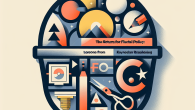

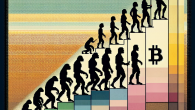



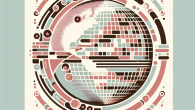
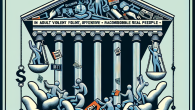
Leave a Reply